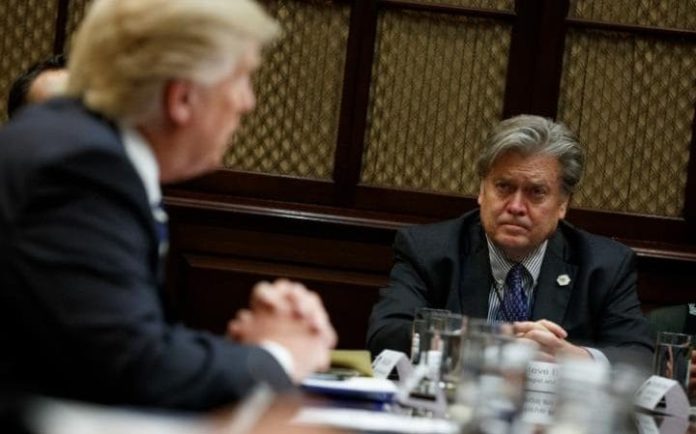Shortly after his inauguration, U.S. president Donald Trump signed an executive order which would ban travel from seven Muslim-majority nations, as well as indefinitely be barring Syrian refugees. The order fails to stand up to legal challenges and was rolled back soon after.
But that doesn’t mean the Trump administration has changed course on the plans – a new and revised version of the original travel ban is expected to be released, and we have some information about what it might look like.
One of the biggest criticisms of the original order was the fact that it didn’t protect the rights of all current green card holders to travel freely to and from the United States. This resulted in major confusion at international airports across the country, where legal travelers from the seven nations landed in the United States to find themselves detained and sent back.
The new version of the travel ban will include exemptions for any green card holders, as well as anyone from the seven listed countries who are also United States citizens. Furthermore, while the original ban barred Syrian refugees from the country, the new draft will allow them.
President Trump indicated his frustration with the sinking of his original order, specifically targeting the courts and judges who ruled against his provisions. The 9th Circuit Court of Appeals was the three-judge panel that made that ruling.
Regardless, the president told reporters at the White House he explained the new order would address judicial concerns, saying “the new order is going to be very much tailored to what I consider to be a very bad decision.”
According to the Appeals Court, previous remarks made by Trump about the intention to impose a “Muslim ban” constitute evidence of discrimination against a particular religious group. The Trump administration argues in response that it is in the president’s authority to ban classes of aliens that are a threat to the security of the United States.
But regardless, the federal judges unanimously voted to implement a restraining order that would delay the legal authority of the ban. In their argument, the president and his administration failed to provide evidence that attacks on the United States were perpetrated by nationals of the specific countries targeted by the ban.
On Monday afternoon, administration officials told reporters that the new revised draft was still in its early stage, but one official claimed Trump is expected to sign the new order at the end of the week.
The original travel ban sparked nation-wide protests at international airports and across the country. While this revised executive order is expected to be more thorough in addressing potential legal conflicts, the sentiment which led to such strong opposition still remains. Many critics of Trump’s travel ban say it discriminates against Muslims, ignores the nations that have harbored terrorists that have successfully attacked the U.S., and provides propaganda fuel against the U.S. for ISIS.
But proponents of the president’s plan say allowing refugees and immigrants from nations that harbor extremists with anti-American ideologies could be a recipe for another terror attack on U.S. soil.
In any case, it’s sure to be a hot topic of discussion when the new executive order rolls out. All eyes are on the president as the nation waits curiously to see how the Trump administration will adjust the old executive order to meet legal demands.




